Top 15 Local Tips For Your Trip To Maui
I was born and raised on Maui. This diminutive island is the only home I’ve ever known- and it’s safe to say I know it well. As a major tourist destination that welcomes scores of travelers from around the world, I’ve seen visitors make almost every possible mistake. Some blunders are harmless, while others are dangerous and, at times, offensive. To better understand the way of life on Maui and ensure your vacation goes as smoothly as possible, here are my top 15 local tips visitors should know before traveling to Hawaii.
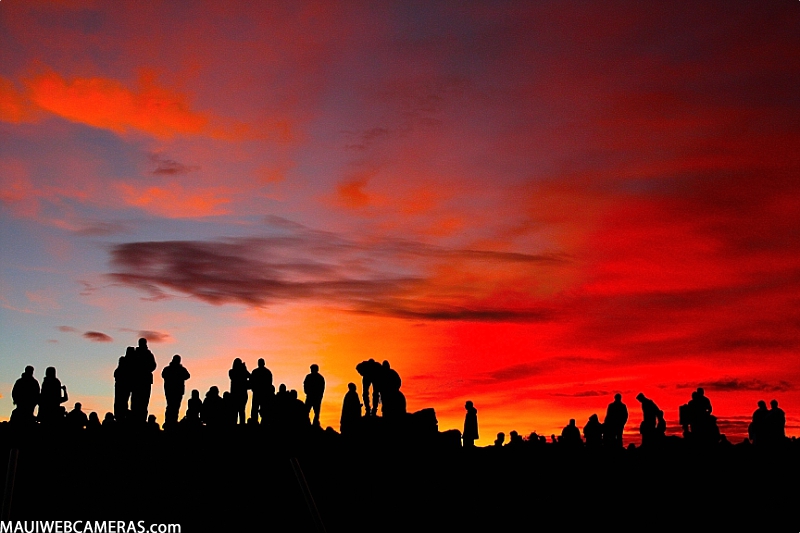
Read on to discover the top 15 local tips for your trip to Maui.
![]()
1. Hawaiian culture is centered around respect.
This includes respect for the ʻaina (land), respect for others, respect for sacred places, and respect for self. Most people who visit Hawaii have nothing but respect for the islands and the people, but the few who don’t stand out like sore thumbs. On your visit to Hawaii, be conscious of your actions and how they can affect others. Let people go in traffic. Smile at people on the street. Give local families their space at the beach. Pick up any trash you find. Your experience in the islands will improve tenfold.
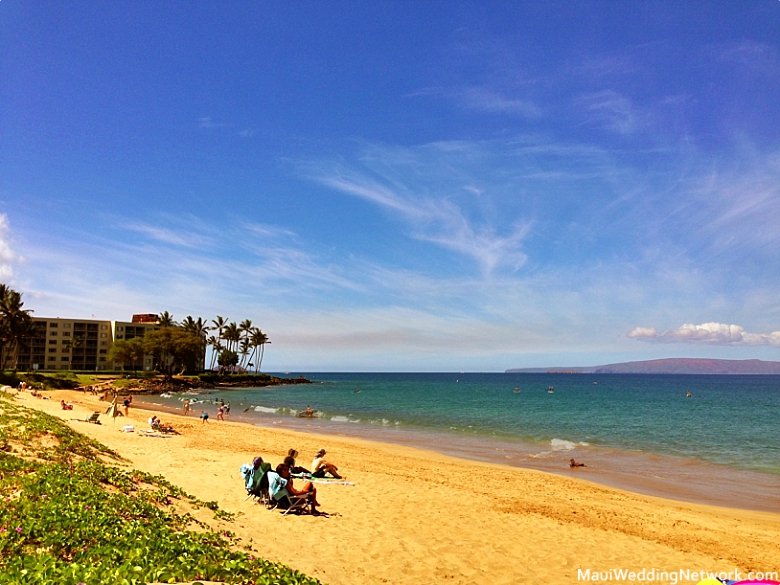
![]()
2. If you’re an inexperienced swimmer or snorkeler, take a snorkel tour instead of snorkeling off the beach.
Snorkeling is not a risk-free activity. Sadly, drowning is the number one cause of death among Maui visitors, and numbers are only increasing. If you are not a strong swimmer or have little snorkeling experience, I highly recommend taking a snorkel tour. Not only will the crew assess the conditions to determine the best snorkeling spot for the day, but the staff will keep a watchful eye on guests in the water. Plus, snorkel gear and floatation are provided for you. One of the finest snorkeling experiences on the island is hosted by Kai Kanani. Their Signature Deluxe Snorkel Tour visits Molokini and one bonus location.
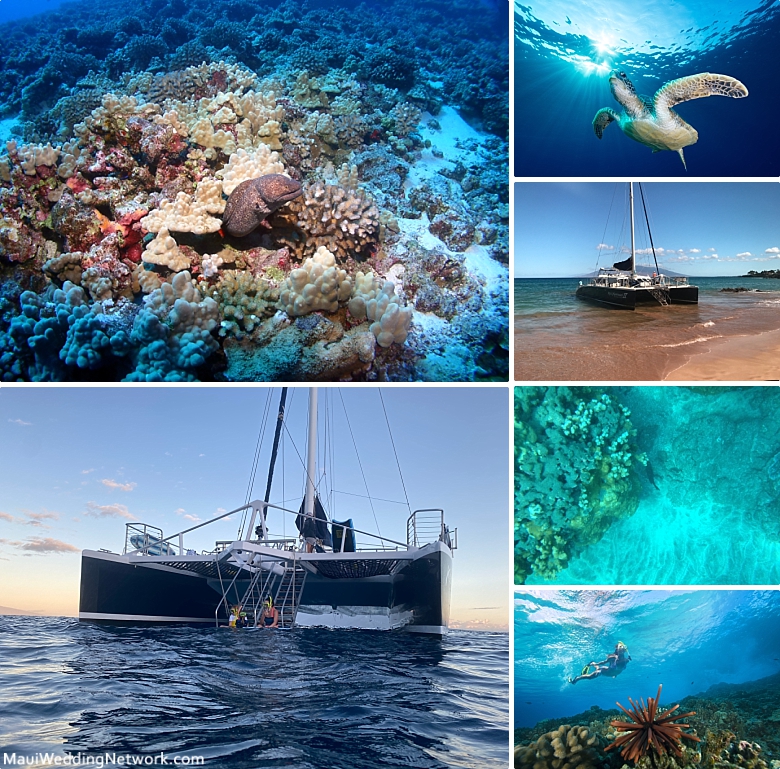
If you do decide to snorkel off the beach, check out the Maui Snorkel Report before you head out. This valuable tool is updated daily and provides information on the current conditions of various snorkel spots around Maui. You will also find weather and surf information, snorkel maps, and safety tips. Get the latest updates on Maui snorkel spots today!
![]()
3. Respect our natural resources, including coral reefs.
Coral reefs are an integral part of Hawaii’s tourism-based economy. They also provide the state with millions of dollars in flood protection by breaking waves and displacing ocean energy. Losing coral reefs would be devastating to our state for a myriad of reasons. When visiting, you can help protect our reefs by never stepping on corals and only wearing reef-safe mineral-based sunscreen. Sunscreens with non-nano zinc oxide or titanium dioxide are considered reef-safe.
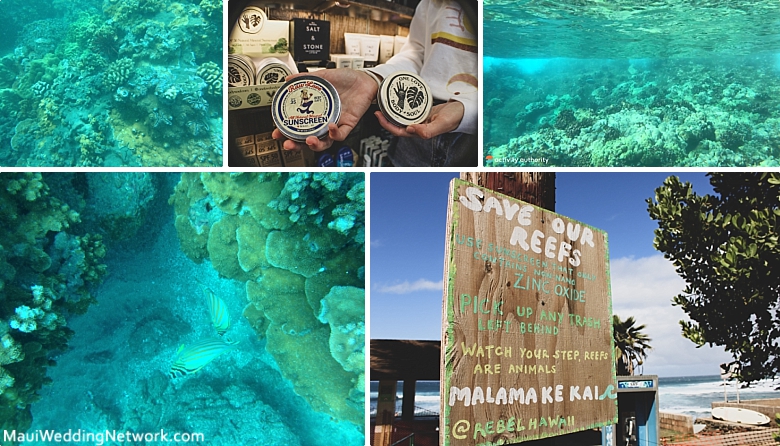
![]()
4. If you want to see the sunrise at Haleakala, plan on taking a tour.
Due to overcrowding issues, in 2017, Haleakala National Park instituted a reservation system to enter the park between 3 a.m. and 7 a.m. to view the park’s famed sunrise. As many residents and repeat visitors can attest, scoring a coveted reservation is next to impossible.
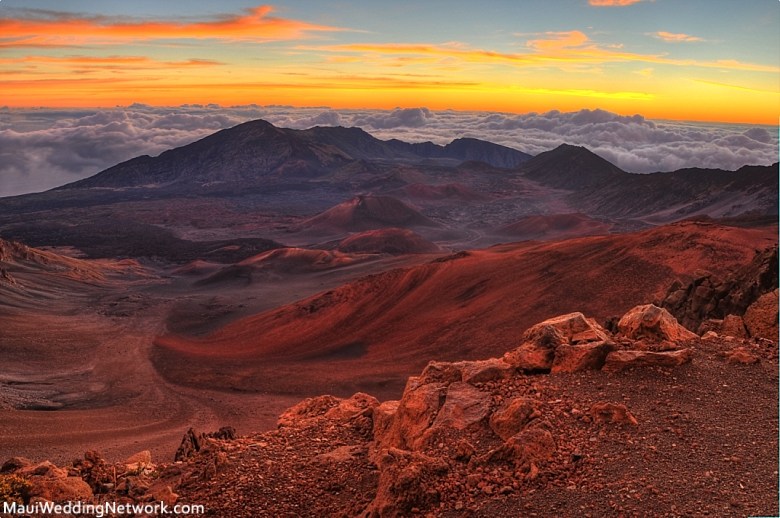
If you have your heart set on seeing the sunrise, go with a tour group to the summit- namely, Haleakala Eco Tours. Not only are you guaranteed a spot at sunrise, but you’ll forgo the long dark drive to the summit and can even nap in the van along the way. Plus, you’ll receive a wealth of Maui knowledge about the park’s geology, ecology, and history from your guide.
![]()
5. Understand the meaning of the word kapu.
Kapu roughly means taboo, forbidden, or sacred. While there was a kapu system in ancient Hawaii, today, the word is mainly used to say ‘No Trespassing’ or ‘Keep Out.’ You’ll likely encounter the word kapu in private areas along the Road to Hana or near sacred sites. If you see a kapu sign, please respect it. On top of that, stick to spots that are clearly legal to stop and visit (read: official parking spots.)
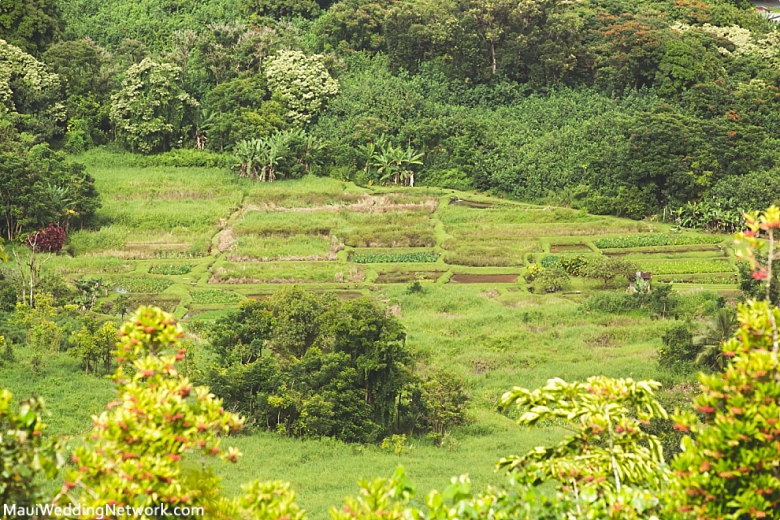
![]()
6. Reservations are required to visit the black sand beach at Waiʻanapanapa.
Paʻiola Beach at Waiʻanapanapa State Park is the road to Hana’s number one attraction. To combat overcrowding, out-of-state visitors must make a reservation to enter the park. Waiʻanapanapa is a 2-3 hour drive from most places on the island, so arriving without a reservation only to be denied entry is not something you want. The park attendants see hundreds of people a day and are very firm. No reservation, no entry.
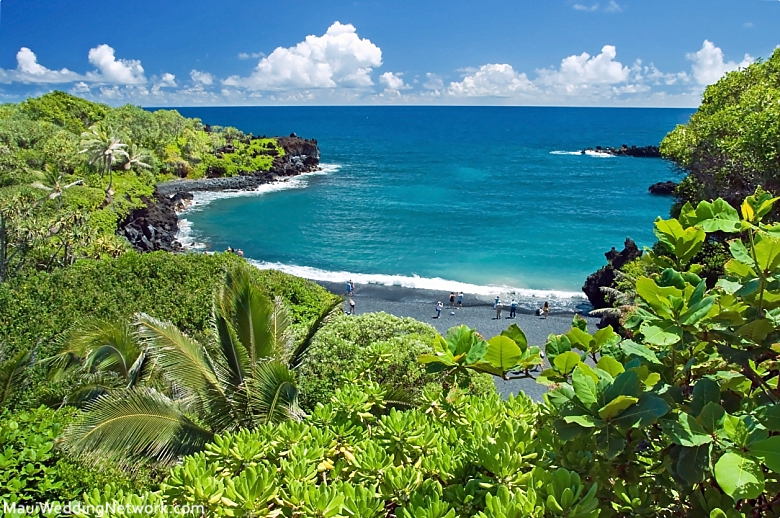
![]()
7. If you’re not staying in a hotel or resort, make sure your accommodation is licensed by the county.
There is a major housing crisis on Maui. There is a multitude of factors that brought us to this point, but unlicensed vacation rentals certainly exasperated the issue. For a time, out-of-state buyers were relentlessly purchasing residential housing as investment properties- typically short-term rentals. As a result, unlicensed Air BnBs took over neighborhoods in places like Kihei.
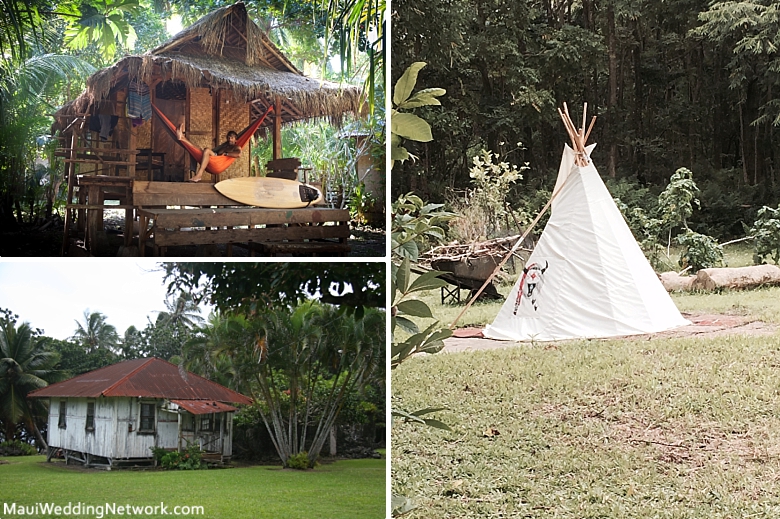
Today, there are more regulations to ensure residential areas stay residential, but illegal rentals still proliferate. Sudden county crackdowns have also caused last-minute cancellations and left visitors stranded without accommodations. If a homey, off-the-beaten-path bed and breakfast is what you’re after, I recommend North Shore Lookout in Makawao. Or check out the many legal stays at Maui Accommodations.
![]()
8. Don’t approach or touch wild animals- dolphins, turtles, monk seals, etc.
Overcrowding, touching, or approaching sea turtles, monk seals, or a pod of dolphins can disturb and distress them. Some of these animals are endangered and giving them their peace is vital. However, that doesn’t mean you can’t marvel at their presence respectfully. If you spot a sea turtle snoozing on the beach, keep your voice down and give it at least 10 feet of space.
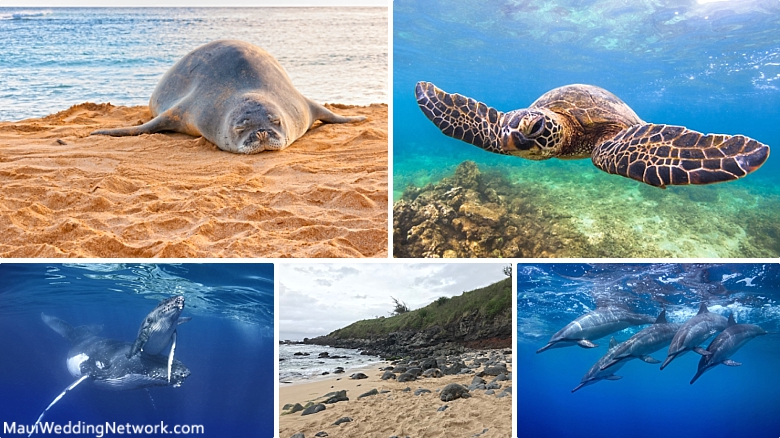
![]()
9. Pay attention to the rules of the road.
While driving on Maui, you’re surrounded by distractions- beautiful views, jumping whales, chickens darting across the road, etc. Remember to keep your eyes on the road, pay attention to the speed limit, and do not brake randomly or slow down because you’re lost or saw something interesting. If you must pull over, be sure you’re completely off the road- no matter where you are on the island.
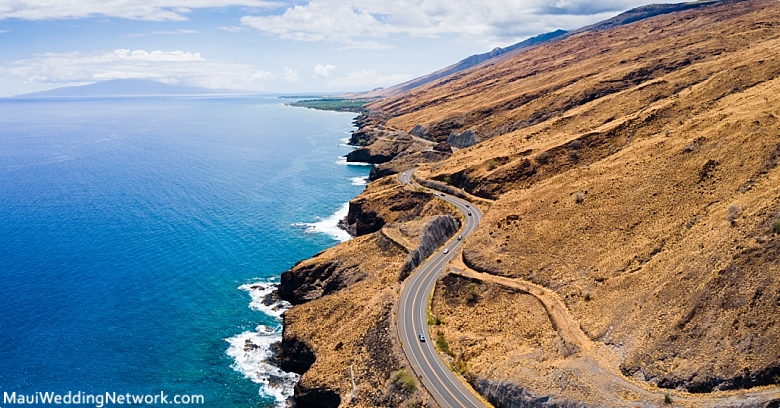
![]()
10. To help alleviate stress on the road to Hana, take a tour. Or make sure you know the code of conduct beforehand.
As peaceful and lovely as the road to Hana is, it is one of Maui’s problem areas. The road was not designed for the traffic it sees today and illegal parking and trespassing cause daily issues. If you’re set on driving yourself, make sure you’re well-versed in the Hana Highway code of conduct- pulling over for faster-moving vehicles, parking in designated spots, etc.
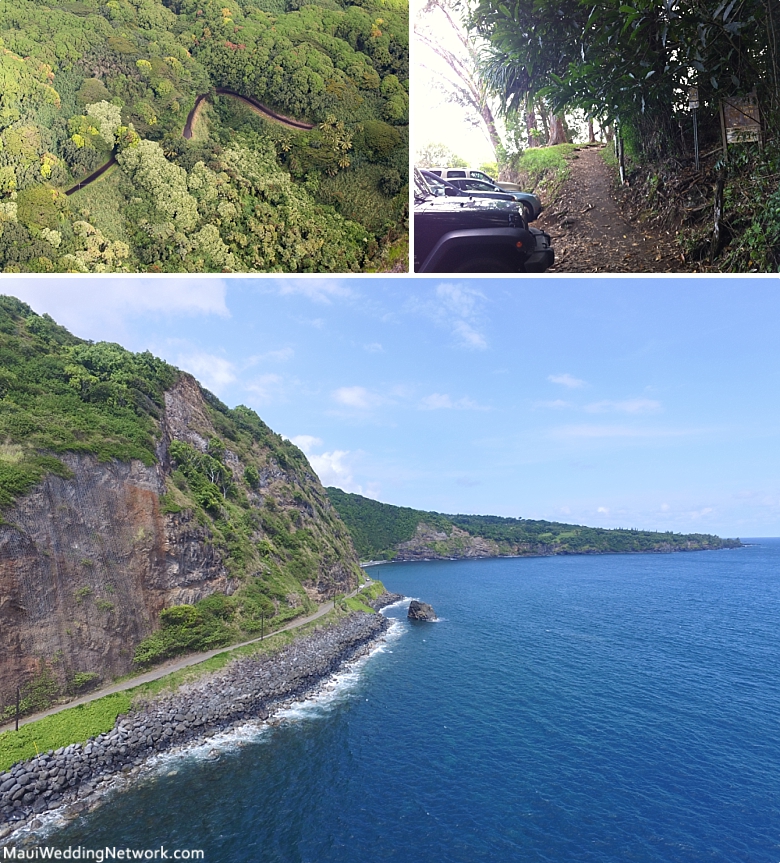
However, I highly encourage visitors to take a tour, and I can’t recommend Hoaloha Jeep Adventures enough. Not only can you customize your itinerary, but some of Hoaloha’s guides are actually from East Maui. They can offer detailed local insight into Hana’s lore, history, and customs. Whether you join them or not, check out Hoaloha’s guide to being ‘pono’ on the road to Hana.
![]()
11. Peak whale season is from January to March.
I occasionally see posts online along the lines of, “We are visiting Maui in June. What is the best whale watch?” If whales are the driving force behind your visit, let it be known that whales are only in Hawaii from November to May, and their numbers peak between January and March. Whales migrate from Alaska each winter to mate, give birth, and escape the frigid Arctic seas.
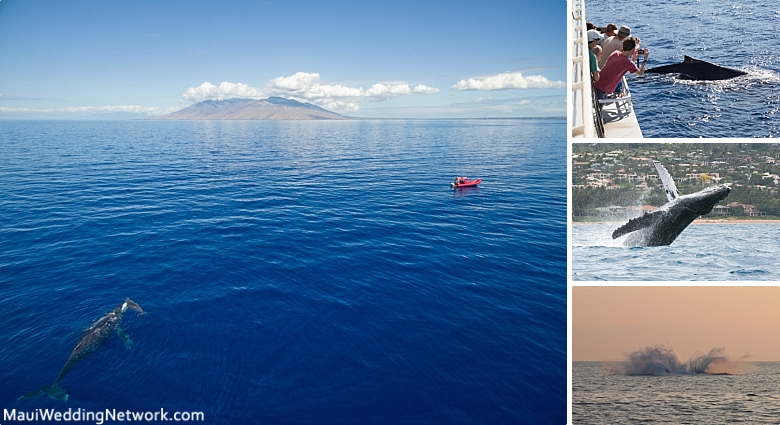
If you do visit in whale season, one of the best whale watches on the island is offered by Redline Rafting. Redline utilizes a 35-foot raft and takes a maximum of 15 guests. Whale sightings are guaranteed, and curious humpbacks tend to approach smaller vessels to say hello.
![]()
12. If in doubt, don’t go out.
Ocean conditions can be volatile on Maui- whipping tradewinds, high surf, strong currents, and heavy shore break put unsuspecting visitors in dicey situations weekly. While most visitor itineraries are structured around ocean activities, it’s important to know your limits and avoid putting yourself in a bad situation. Thus the saying, “if in doubt, don’t go out.”
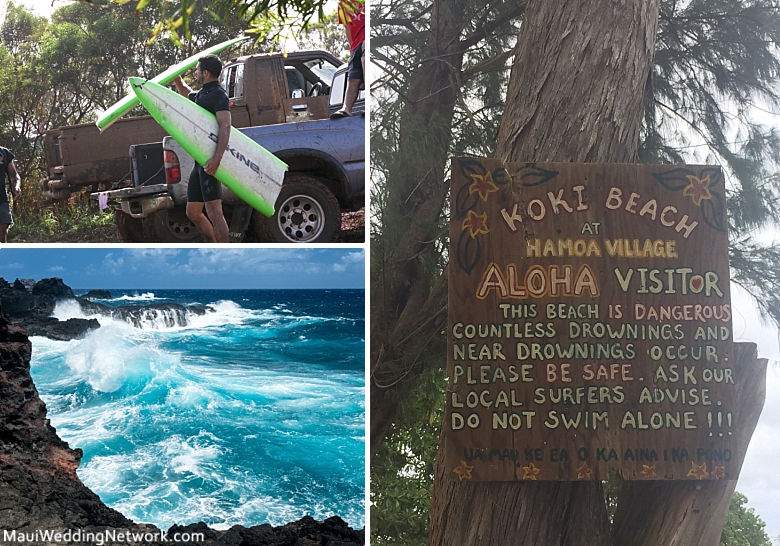
Growing up surfing, I can’t tell you how many times I’ve seen beginners try to paddle out at breaks like Ho’okipa, only to get rescued or called in by lifeguards. If you’re not an experienced surfer, you are a danger to yourself and others in a crowded lineup. Luckily, Maui is one of the best places in the world to take a surf lesson (Rivers to the Sea is fantastic). So spend time honing your chops before taking on trickier breaks.
![]()
13. Be wary of flash flooding conditions.
Maui is a tropical island, and rainstorms can range from a passing shower to hours of torrential downpours. Flash flooding can happen with little to no warning, but as a general rule of thumb, avoid hiking in riverbeds or swimming in streams when heavy rain is expected, if there are dark clouds further up the mountain from your location, or if it’s already raining. It’s better to sacrifice a day of your vacation or activity on your itinerary than go home injured or worse.
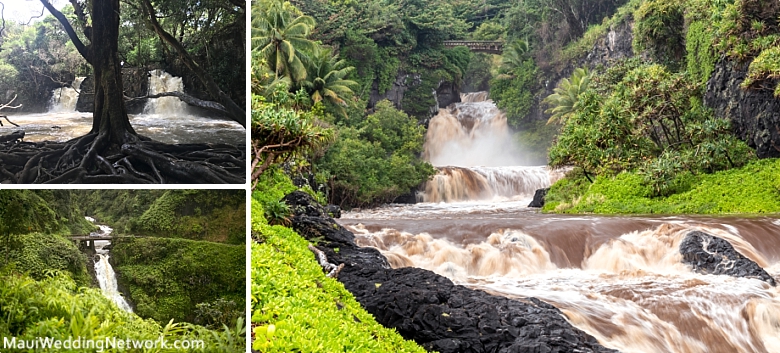
![]()
14. Go out of your way to support local businesses.
Not many visitors know this, but a good chunk of the money they spend on Maui doesn’t stay on the island. When you stay at a big resort, eat at chain restaurants or franchises, rent a car from a mainland rental company, and shop at Costco, your hard-earned vacation cash flows into the hands of corporations rather than Maui residents. This is not to say that you can’t or shouldn’t do these things, but pencil in some time and money to spend at local shops and restaurants. Food trucks are a great place to start, plus they serve up some of the most affordable ono grinds you can find. For great local shopping, check out locally owned stores in Paia, Wailuku, or Lahaina, and skip the souvenir section at Walmart.

Additionally, Maui Custom Charters is a fantastic local charter company offering private snorkel/sails, whale watches, and sunset cruises aboard their 42′ sailboat named Nova. Not only is Maui Custom Charters owned by born-and-raised Maui residents, but a majority of their crew was born and raised on Maui as well. When you book a tour aboard the Nova, you can trust that you won’t just get top-notch service, but you’ll be treated to a day on the ocean by veritable Maui experts.
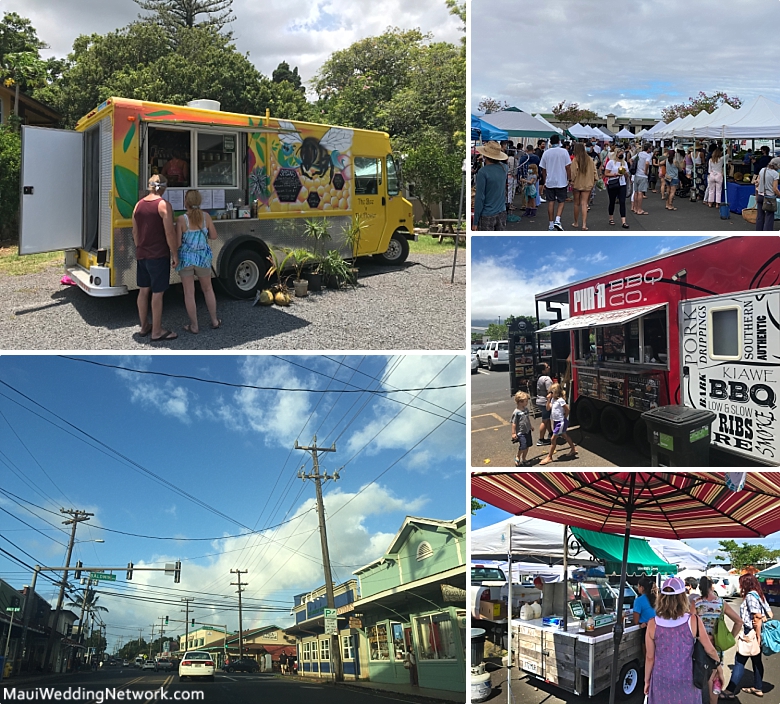
Food trucks are a great place to start, plus they serve up some of the most affordable ono grinds you can find. For great local shopping, check out locally owned stores in Paia, Wailuku, or Lahaina, and skip the souvenir section at Walmart.
![]()
15. Go with the flow, and don’t stress too much with planning.
Visitors are drawn to Maui for its laid-back atmosphere and relaxing nature. And while a visit to the Valley Isle is a once-in-a-lifetime opportunity for some, some visitors overwhelm themselves with activities, reservations, and expectations of a picture-perfect vacation. While planning is always a good idea, it’s okay if things you had your heart set on fall through! There are alternatives to almost every popular Maui activity.
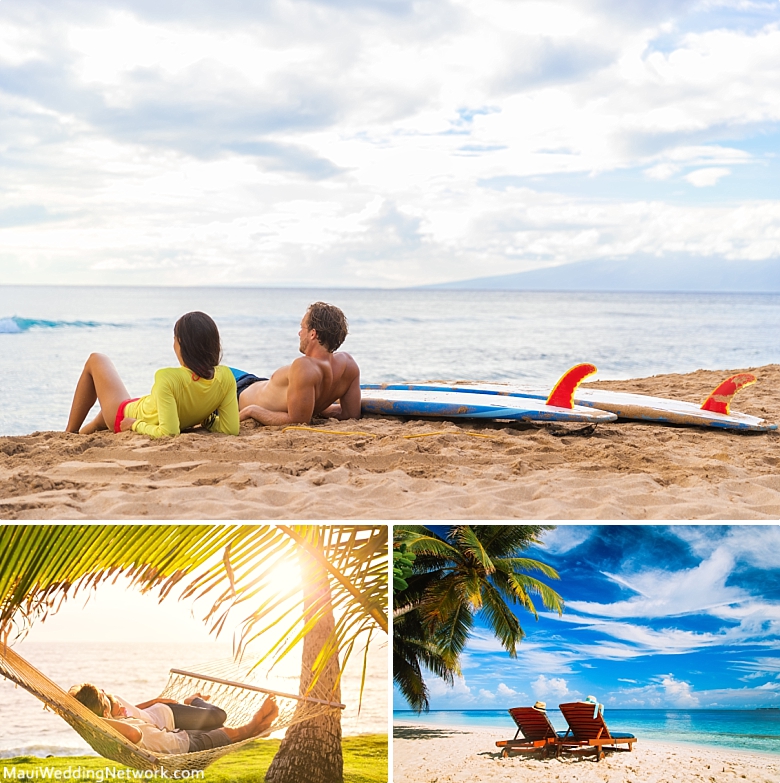
Couldn’t get tickets to see the sunrise from Haleakala? Watch the sunset from the summit. Couldn’t manage to get a reservation at Mama’s Fish House? Take a luxurious sunset dinner cruise with Trilogy instead. The point is, that there are an infinite number of ways to make your Maui vacation memorable and special. Don’t worry too much about every detail, and enjoy your time on one of the most beautiful islands in the world.
![]()

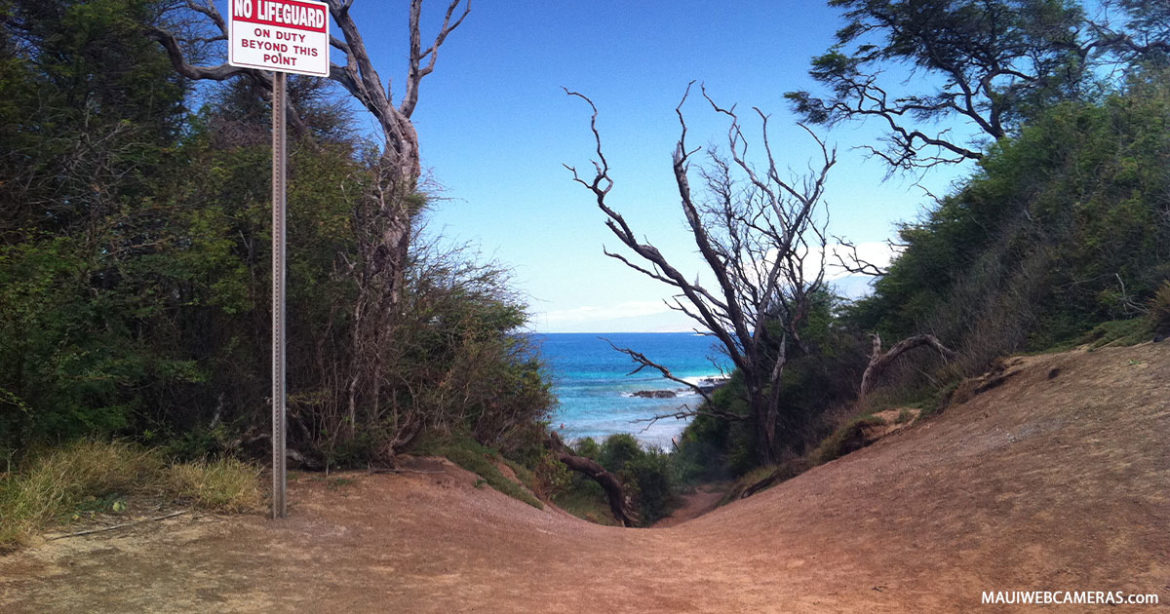

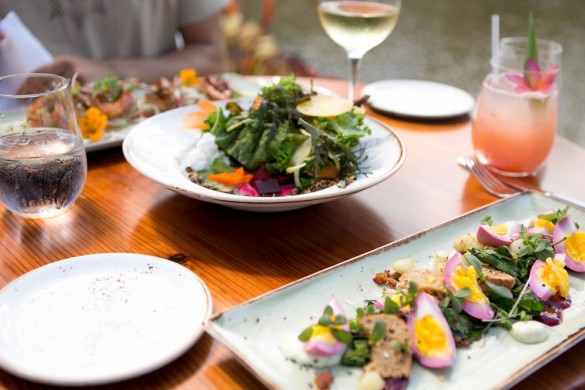
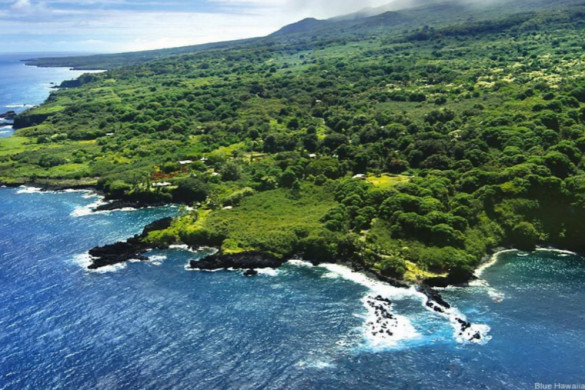
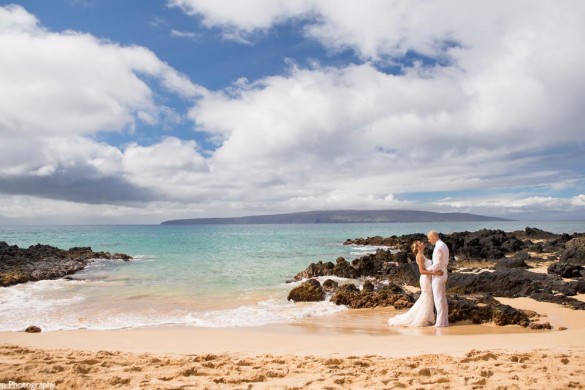
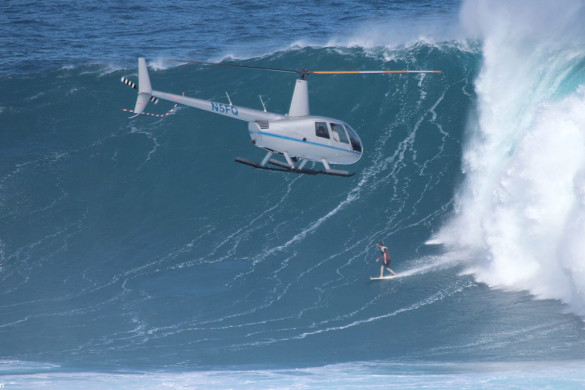
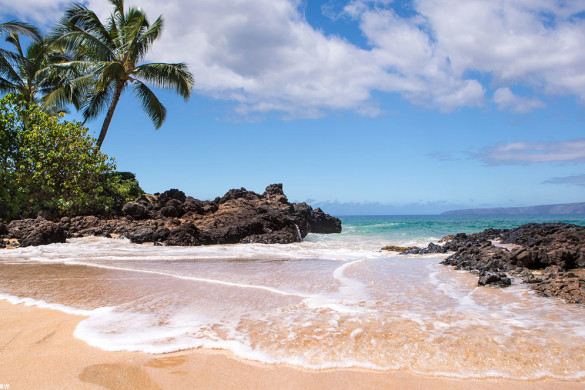
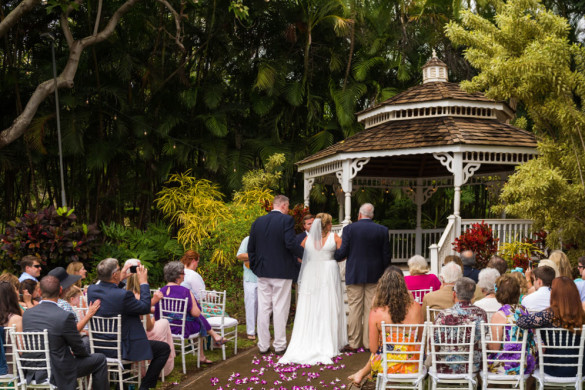
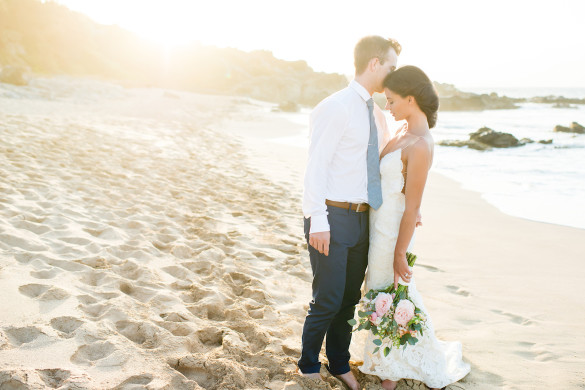
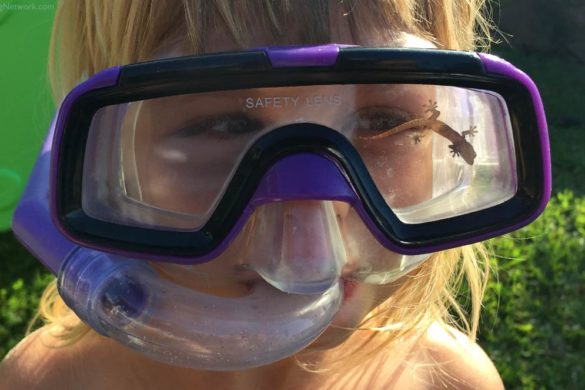
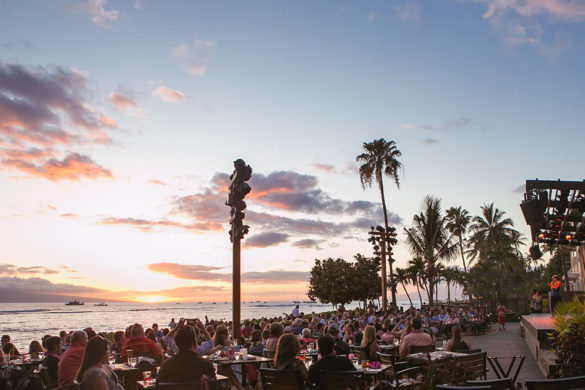
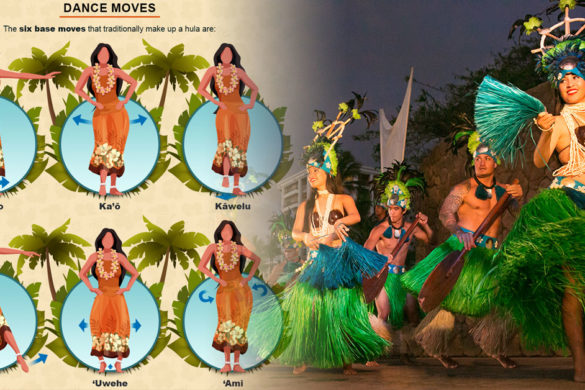
5 comments
These are great pointers! I lived on Maui for 12 years and it was home! Too many people totally seem to overschedule themselves. My only comment would be to do the sunset instead of the sunrise! They look the same, less crowds and you don’t lose a day for lack of sleep! Plus you can still have a fun evening! I’ve done both! The sunrise is sooooo overhyped and overrated!
When is the best time to see the Jacaranda bloom?
We. Have been to Maui twice and on the last occasion chose by mistake to take route Hwy 340 to return back to Lahaina. Quite a harrowing drive between Kahakuloa and Waihee. I have been on mountainous roads in Columbia which were less adrenaline filled than this path. Why all the emphasis on the Hana highway when this road exists for mainly tourists to experiment with. How can there not be better awareness of this road risk and signage which alerts drivers (not locals) to this one lane passage.
Great article! Good advice…
The only thing I might add would be about Staph infection and getting cuts….especially in the ocean.
Many visitors cut their feet or knees going into the water and maybe don’t even know it. Blood in the ocean attracts sharks!
So if you get cut, don’t go in, you might be endangering yourself and others. and make sure you clean the cut out with hydrogen peroxide and monitor for infection. MERSA is perhaps the most dangerous thing in Hawaii!
My favorite island!
Years ago my husband & I finally understood the sign at Honolua Bay which had become our favorite snorkel beach. It was a short jingle that included ‘so if it’s brown – turn around’. It had rained hard the day before & we were looking forward to our morning there & jumped right in even though it was murky near the shore. Wow, what a mistake. Talk about a heart thumper – especially since the last time we were there we encountered a large herd of long spine black urchin all over the area near the shore! I later read that they move on quickly but that was a lesson learned! Avoid the brown water areas 👍